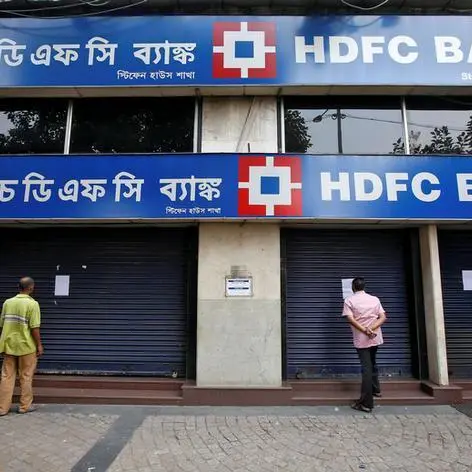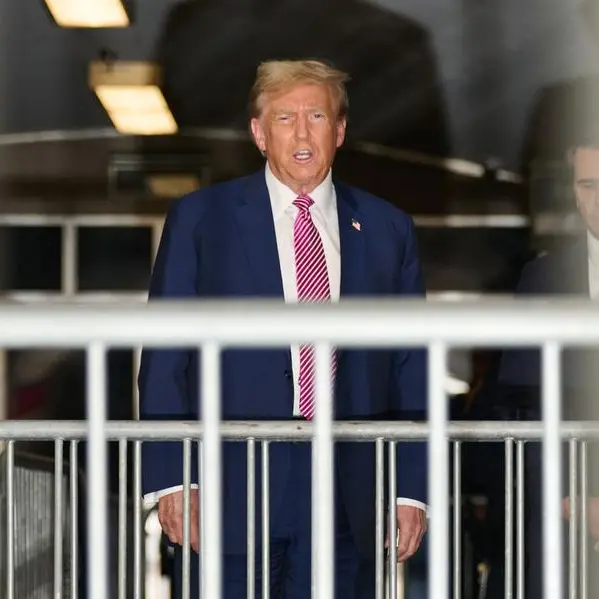LONDON- World stock markets, the U.S. dollar and oil prices tumbled on Tuesday as fears about a slowing global economy gripped investors, just as the U.S. Federal Reserve looks set this week to deliver its fourth interest rate hike of the year.
Investor confidence has deteriorated further with more fund managers expecting global growth to weaken over the next 12 months, the worst outlook in a decade, Bank of America Merrill Lynch's December investor survey showed.
U.S. stock futures pointed to a firm open for Wall Street a day after U.S. stocks fell to their lowest levels in more than a year, while European equity markets recovered some ground.
Still the overall tone remained downbeat, with many investors questioning whether the U.S. Federal Reserve will be able to raise rates much further in the face of turbulent markets and a weakening economy.
MSCI's world stock index has fallen 10 percent this year and is set for its worst year in a decade.
The S&P 500 a broad measure of U.S. stock markets, is almost 8 percent lower in December - heading for its worst month since 2010.
"We're facing the biggest December fall in U.S. stocks since 1931 and this is striking and worrying at the same time," said Chris Bailey, European strategist at international financial services firm Raymond James. "We are at a regime shift moment and the debate is how big that regime shift will be."
A speech by Chinese President Xi Jinping which investors had hoped could lift morale meanwhile had little impact, with Chinese shares falling over 1 percent, Japan's Nikkei lost 1.8 percent.
In addition, the German Ifo economic institute's business climate index fell for the fourth month in a row to its lowest level in more than two years and Japan's government revised down its economic growth forecasts.
On Monday, U.S. President Donald Trump and his top trade adviser stepped up their criticism of the central bank's monetary tightening, raising investor anxiety.
OIL PRICES, DOLLAR FALL
Oil prices dropped 4 percent, weakening for a third consecutive session as reports of swelling inventories and forecasts of record U.S. and Russian output.
U.S. crude oil dropped $2.04, or 4.1 percent, to a low of $47.84, its weakest since September 2017, before recovering to around $48.53 by 1150 GMT.
Brent crude lost $2.41, or 4.0 percent, to a 14-month low of $57.20.
The dollar extended its falls against major currencies ahead of the Fed meeting. The euro EUR=EBS was up 0.4 percent at $1.13935, having recovered all of its losses from Monday when it was hit by weak euro zone data.
The dollar was also weaker against Japan's currency, trading down 0.5 percent at 112.26 yen.
The U.S. dollar replaced technology stocks known as FAANGs in the United States - Facebook, Apple, Amazon, Netflix and Google - and China's BATs - Baidu, Alibaba and Tencent - as the most crowded trade for the first time since January, Bank of America Merrill Lynch's December investor survey showed.
"This year has been quite remarkable in the sense that pretty much all asset classes have been down, which is even worse than 2008 because during the GFC (global financial crisis) we at least saw some safe havens - U.S. government bonds, gold - performing positively," said Stefan Keller, asset allocation strategist at Candriam in Luxembourg.
"At least in real terms, that's not the case today. This is indeed a huge challenge. Clearly it's in sharp contrast to last year's optimistic outlook."
Safe-haven U.S. and German bond markets appeared to be the beneficiaries of the risk-off mood in world markets for now.
Germany's 10-year bond yield fell to a one-week low of 0.23 percent, while 10-year U.S. Treasury yields fell to their lowest since August at 2.82 percent .
For Reuters Live Markets blog on European and UK stock markets open a news window on Reuters Eikon by pressing F9 and type in 'LIVE/' in the search bar.
(Reporting by Dhara Ranasinghe with additional reporting by Helen Reid Editing by Mark Heinrich) ((Dhara.Ranasinghe@thomsonreuters.com; +442075422684;))











